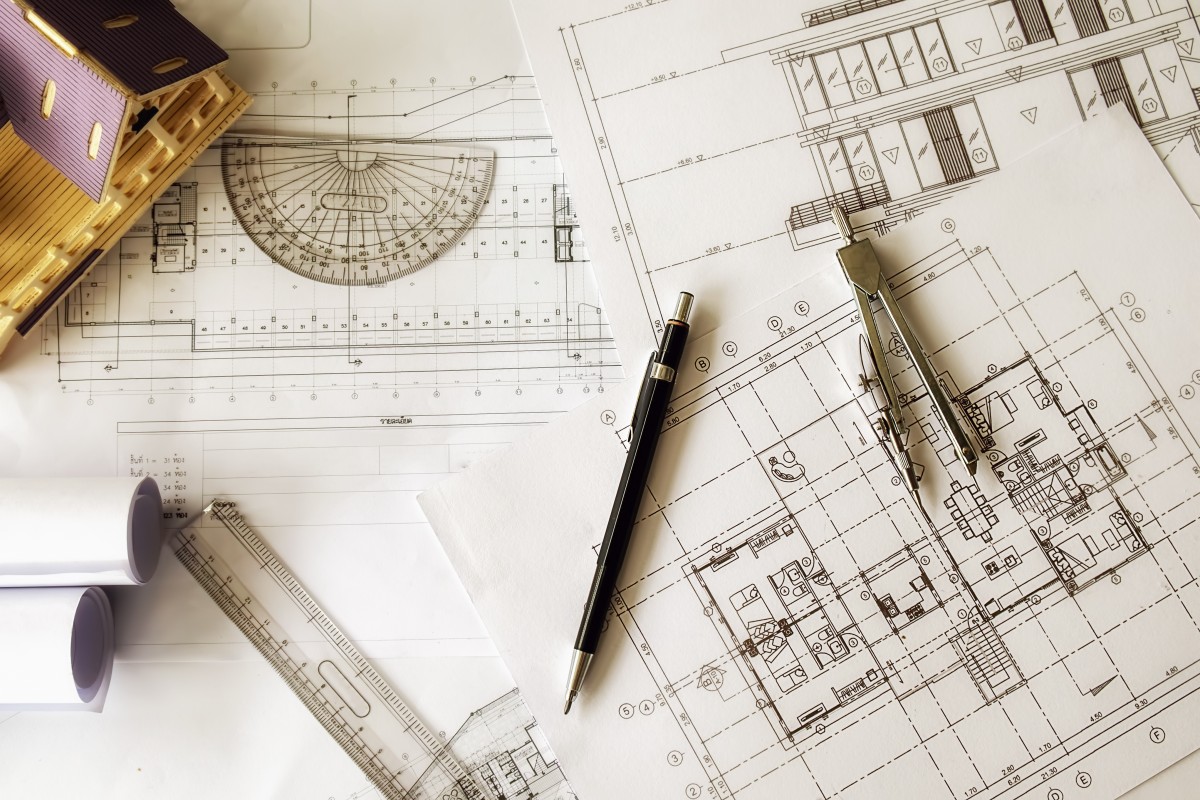The Indian cement industry is making remarkable strides toward a sustainable future, aligning with global efforts to combat climate change. Despite challenges such as high infrastructure costs, the sector is leveraging innovation to foster a greener and more resource-efficient economy.
A Glance at the Industry’s Scale and Vision
India is home to the second-largest cement industry globally, with an installed capacity of approximately 670 million tonnes per annum (MTPA) and a production output of 430 MTPA in 2023-24. The industry comprises 175 integrated cement plants and 150 split grinding units, playing a crucial role in meeting the nation’s infrastructure demands.
In line with the Prime Minister’s vision for India to achieve Net Zero by 2070, the cement sector is adopting transformative changes that challenge traditional practices, embracing innovation and sustainability at its core.
The Shift Towards a Circular Economy
The industry is transitioning from the traditional “take-make-dispose” model to the regenerative principles of a circular economy. This shift prioritizes the recycling and reuse of materials and energy, reducing waste and enhancing resource efficiency.
Notable achievements include:
- An average thermal substitution rate of 7%, with the potential to increase further by adopting green hydrogen as a substitute for coal and natural gas in cement kilns.
- Adoption of blended cements made with alternative raw materials, such as fly ash, slag, and other industrial waste, reducing reliance on natural limestone reserves.
To further enhance circularity, a national inventory of industrial wastes and by-products could streamline sustainable waste management, enabling broader adoption of industrial by-products like red mud and gypsum.
Innovative Technologies Driving Change
The cement industry is heavily investing in energy-efficient technologies and renewable energy adoption to decarbonize operations:
Energy-Efficient Systems:
- Advanced kiln systems optimize energy consumption.
- Waste Heat Recovery Systems (WHRS) capture excess heat generated by kilns, converting it into usable energy and reducing operational costs.
AI and ML Integration:
- These technologies enhance process efficiency, monitor energy usage, and predict maintenance needs, driving smarter manufacturing.
Kiln Electrification:
- Emerging as a game-changing concept, kiln electrification uses renewable electricity to replace fossil fuels in clinker production, addressing nearly 40% of clinker-related emissions. However, scaling this technology requires further advancements in energy storage and infrastructure.
Carbon Capture, Utilisation, and Storage (CCUS):
- CCUS has the potential to address the remaining 60% of emissions from cement manufacturing. Supportive policies, government incentives, and regulatory frameworks are vital to accelerate its adoption and build a robust value chain for carbon management.
Optimizing Logistics for Sustainability
Logistics accounts for nearly 30% of total manufacturing expenses in cement production. To reduce costs and emissions, the industry is transitioning to:
- CNG/LNG and electric-powered trucks.
- Increased reliance on waterways and rail transport, which are more eco-friendly alternatives to traditional road transport.
Challenges on the Path to Sustainability
While significant progress has been made, challenges remain:
- High Infrastructure Costs: Upfront investments in sustainable technologies, like WHRS and CCUS, require significant capital.
- Renewable Energy Limitations: The intermittent nature of renewable energy sources highlights the need for advancements in energy storage solutions.
- Underutilized Industrial Wastes: Despite strides in recycling, materials like red mud and gypsum remain largely untapped, necessitating systemic efforts to integrate them into the production cycle.
A Collective Effort Towards Change
Over the last decade, sustainability has evolved from a vision to a necessity, driven by growing customer expectations, regulatory pressures, and stakeholder demands. Achieving sustainability goals demands:
- Bold investments in R&D and process innovation.
- Industry-wide cooperation to adopt sustainable materials and practices.
- Policies and incentives that support technological advancements and environmental stewardship.
Conclusion: Cementing a Sustainable Future
The Indian cement industry stands at the forefront of transformative change. By integrating green energy, adopting circular economy principles, and leveraging technological innovation, the sector is shaping a future where economic growth aligns with environmental sustainability. Although the road ahead presents challenges, the industry is well-positioned to drive meaningful progress and contribute to India’s vision of a net-zero future.
With innovation and collective action, the Indian cement industry is not just meeting infrastructure demands but also laying the foundation for a greener and more sustainable tomorrow.


